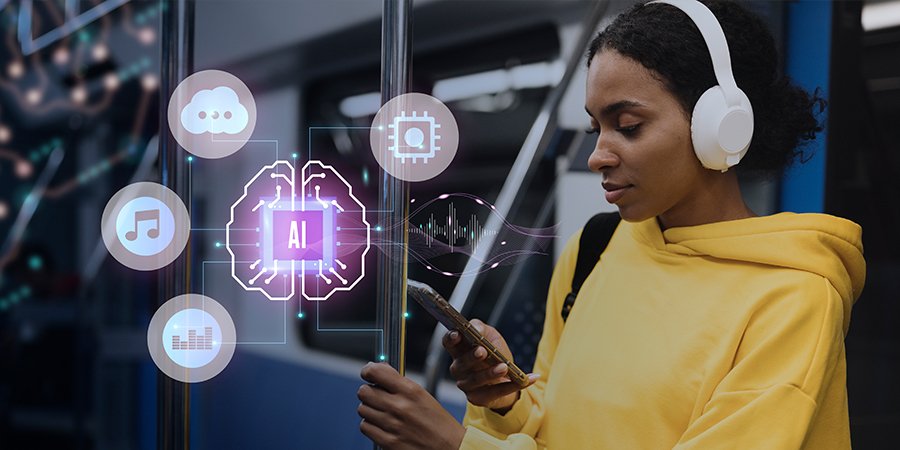Ai(F&O- Future and Options)

What is artificial intelligence (AI)?
AI embodies the replication of human intelligence functions within machines, predominantly computer systems. Its diverse applications encompass expert systems, natural language processing, speech recognition, and machine vision.
How does AI work?
In the rapidly evolving landscape of AI, vendors are striving to highlight the utilization of advanced technologies within their products and services. However, it’s essential to distinguish between the broader term “AI” and its components, such as machine learning, which often serve as foundational elements. Building AI systems necessitates specialized hardware and software infrastructure tailored for developing and training machine learning algorithms. While there’s no single programming language exclusively tied to AI, popular choices among developers include Python, R, Java, C++, and Julia, each offering features favored within the AI community.
At its core, AI operates by processing vast sets of labeled training data, discerning correlations and patterns within the data, and leveraging these insights to forecast future outcomes. For instance, a chatbot trained on text examples can simulate lifelike conversations, while an image recognition tool can accurately identify and describe objects in images through analysis of numerous examples. Advancements in generative AI techniques further enable the creation of realistic text, images, music, and other media at an accelerating pace.
The programming of AI systems revolves around key cognitive skills:
- Learning: This facet centers on acquiring data and formulating algorithms, which serve as sets of instructions for computing devices to execute specific tasks systematically.
- Reasoning: AI programming prioritizes selecting the most suitable algorithms to achieve desired outcomes effectively.
- Self-correction: AI systems are engineered to continuously refine algorithms, ensuring they yield the most precise and reliable results over time.
- Creativity: Employing neural networks, rules-based systems, statistical methods, and other AI techniques, this aspect facilitates the generation of novel images, text, music, and ideas.
Explore AI in Early Childhood Education
AI encompasses a spectrum of technologies enabling machines to replicate human intelligence, encompassing learning, problem-solving, and decision-making. In early childhood education, AI serves to enrich the educational journey of young learners by delivering tailored experiences that accommodate individual needs and learning preferences.
1. Customized Learning Journeys
A pivotal advantage of integrating AI in early childhood education lies in crafting personalized learning paths for each student. AI algorithms meticulously analyze individual strengths, weaknesses, and inclinations, empowering educators to curate lessons that resonate with each child. This personalized approach fosters a more engaging and efficient learning milieu, nurturing optimal growth.
2. Engaging Interactive Experiences
AI fuels the development of interactive and immersive learning encounters. Through AI-powered educational software and applications, young learners delve into content with heightened dynamism and captivation. Interactive simulations and virtual reality tools offer hands-on experiences, rendering learning both enjoyable and impactful.
Conclusion
The integration of Artificial Intelligence in early childhood education marks a transformative shift in the way we approach learning. The potential benefits, including personalized learning paths, interactive experiences, and enhanced teacher support, are substantial.
